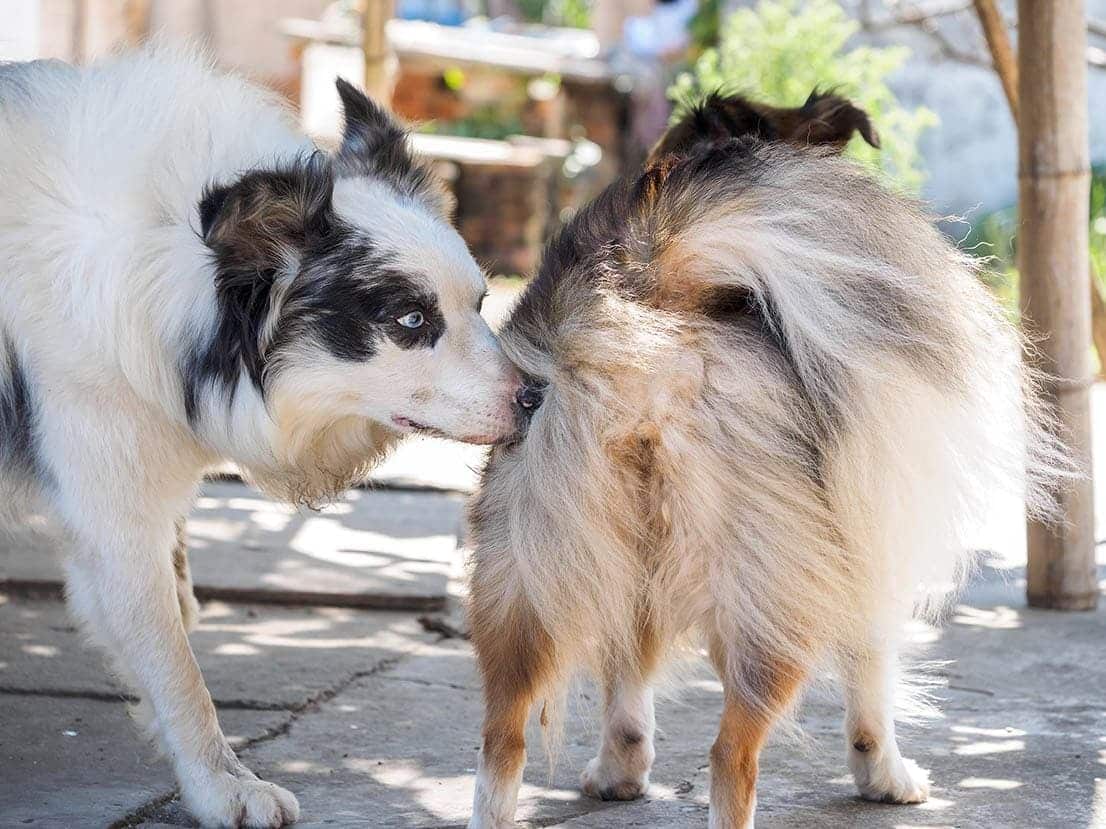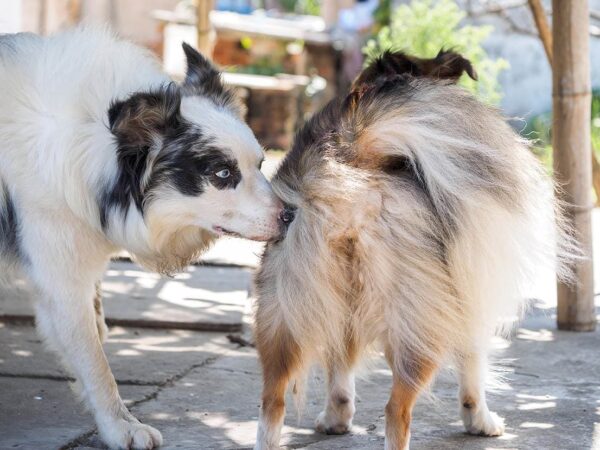Canine estrous, simply known as “heat”, is a reproductive cycle that female dogs go through when they reach sexual maturity. This cycle is often compared to menstruation in humans, although there are some significant differences between them. This article will review 10 important facts about dogs in heat.
The 10 Facts About Dogs in Heat
1. Only Female Dogs Go into Heat
Male dogs do not go through estrous or heat cycles like female dogs do as they do not have a uterus or ovaries that produce the necessary hormones. However, male dogs can detect when a female dog goes into heat because of the pheromones released.
If you have unaltered male and female dogs, you will notice that both of them experience behavioral changes while the female is in heat. This is because they will instinctively want to reproduce, and male dogs may display erratic behaviors in response to her pheromones. He might show occasional aggression, urine mark, and desperately try to get to the female dog if they are kept separate.
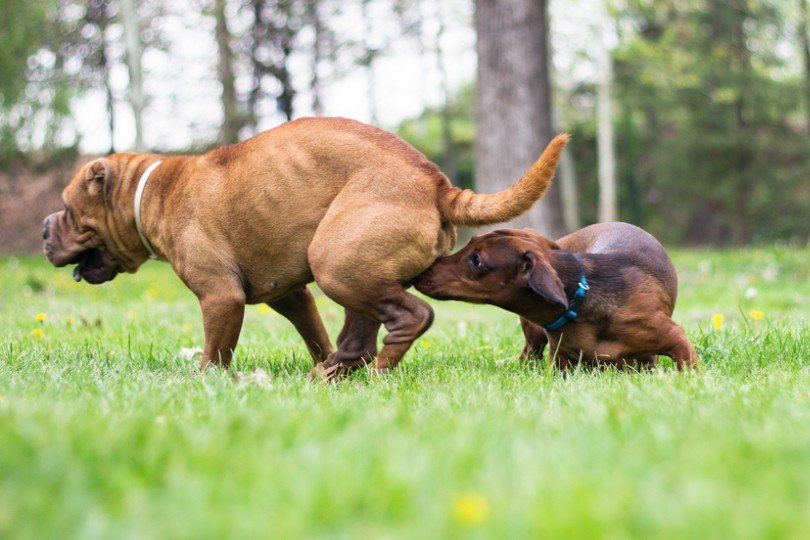
2. There Are Several Phases of a Dog’s Heat Cycle
Dogs go through several phases during a heat cycle. Each phase has its own set of physical and behavioral changes that should be noted, except the anestrus phase.
- Proestrus (2 to 21 days): This is the first phase where a female dog will experience the most physical changes. You will notice that her vulva swells, causing her to groom the area frequently. This is the phase where a female dog will produce a reddish discharge that contains blood.
- Estrus (3 to 21 days): This is the second phase where female dogs will be eager to reproduce with a male dog and are most fertile (she ovulates during this phase). She might become more interactive with male dogs. This is the phase where her progesterone levels increase, while her estrogen decreases. Her bloody discharge might change to a straw color and her vulva becomes wrinkled and soft.
- Diestrus (around 2 months): This is the last phase of the heat cycle and can last for 2 months. During this phase, female dogs will not be as receptive to male dogs who want to reproduce and stop producing discharge. The vaginal discharge will stop and the swelling in her vulva will subside.
- Anestrus (around 6-12 months): This is the phase where no physical or behavioral signs are noted as the dog is no longer in heat.
3. Dogs Can Have Their First Heat at 4 Months Old
Dogs go into heat once they are sexually mature, which can start from as young as 4 months old. However, 6 months seems to be the average age. Some dogs go into heat much later than others and it can be breed dependent. Although there are dogs that go into heat before a year old, others might only get their first heat at 18 to 24 months old, but keep in mind some “silent heats” can occur (see below) before you notice changes with heat cycles. It is not recommended to allow a female puppy to become pregnant on her first cycle.
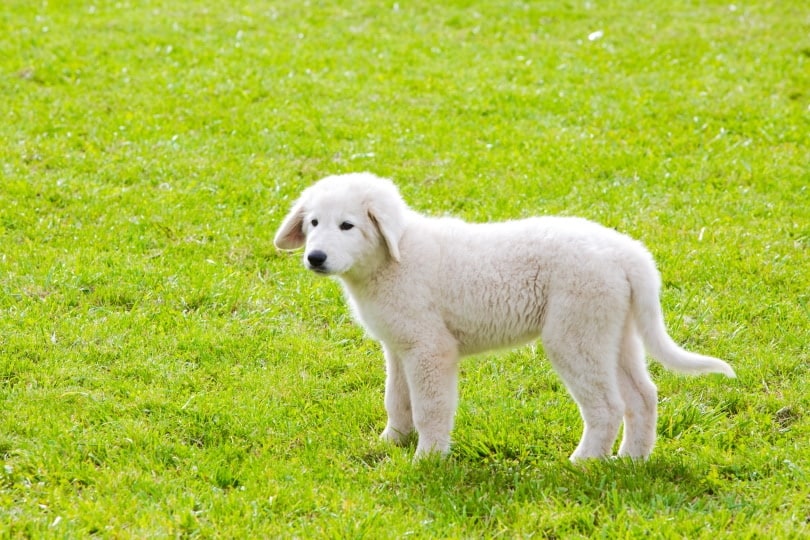
4. A Heat Cycle Can Last for 2–4 Weeks
A dog’s heat cycle typically lasts for 2–4 weeks, and it may vary depending on your dog’s breed and age. Each phase of the heat cycle can last for a few days to weeks, but usually not more than a month or so altogether.
5. Dogs Do Not Go into Heat Every Month
Dogs do not go into heat every month like a menstruating human would. Instead, their heat cycles occur twice a year on average. Some dogs may go into heat more frequently than others. 7 months is a common time frame between heat cycles in most female dogs. Senior dogs might go into heat cycles less frequently than when they were young or experience it for a shorter duration.
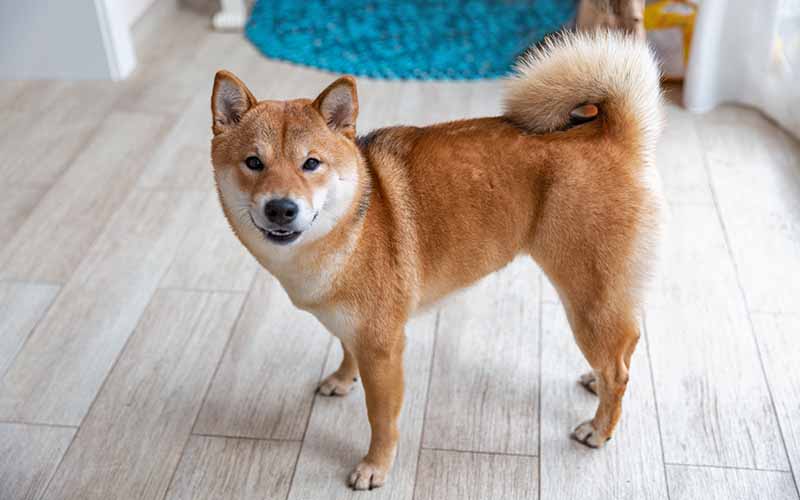
6. Smaller Dogs Tend to Go Into Heat More Often Than Larger Breeds
Anecdotally, small dog breeds, such as Chihuahuas, may go into heat as young as 4 months old and experience a heat cycle three to four times a year. Larger dog breeds like Great Danes might only get their first heat cycle between 18 to 24 months old and only once or twice a year. This is not guaranteed though, as some larger breeds can go into heat within their first year. Basenjis and Tibetan Mastiffs are known to cycle only once a year.
7. Spayed or Pregnant Dogs Do Not Go into Heat
The only way to stop a dog from going into heat, or having vaginal discharge during it, is if they are pregnant or spayed. The spaying procedure involves removing a dog’s ovaries and, usually, the uterus, so they no longer have the hormones to create a heat cycle. The only exception is if a bit of ovarian tissue was left behind after the spay. Furthermore, pregnant dogs do not go into heat for the duration of their pregnancy; about 58 to 68 days.
If you do not want to deal with your female dog in heat and want to prevent unwanted pregnancy, spaying is a solution.
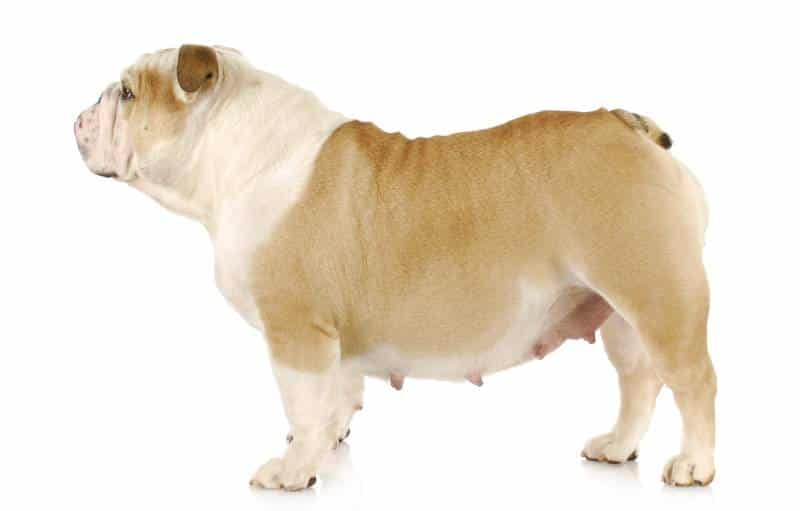
8. Dogs Are Most Fertile During Estrus
Female dogs will be most fertile during the estrus phase of their heat cycle. They will likely end up pregnant if they reproduce with an unneutered male during this high fertility window. However, there is a possibility that they could still get pregnant during the last phase of the cycle, although they are less fertile.
Female dogs can only get pregnant if they are in heat. Since it can be difficult to determine when some dogs are in heat, it is best to take the necessary precautions to prevent unwanted pregnancies year-round.
9. They May Show Signs of a False Pregnancy After Estrus
Once the estrus phase of the heat cycle passes, some dogs may show signs of a false pregnancy (pseudopregnancy). This is why dogs can appear pregnant after going into heat even if they did not reproduce with a male dog. It might not happen after every estrus cycle, and it could happen irregularly.
Signs of a false pregnancy caused by hormonal changes include maternal behaviors, nesting, enlarged nipples, milk production, and even going into false labor.
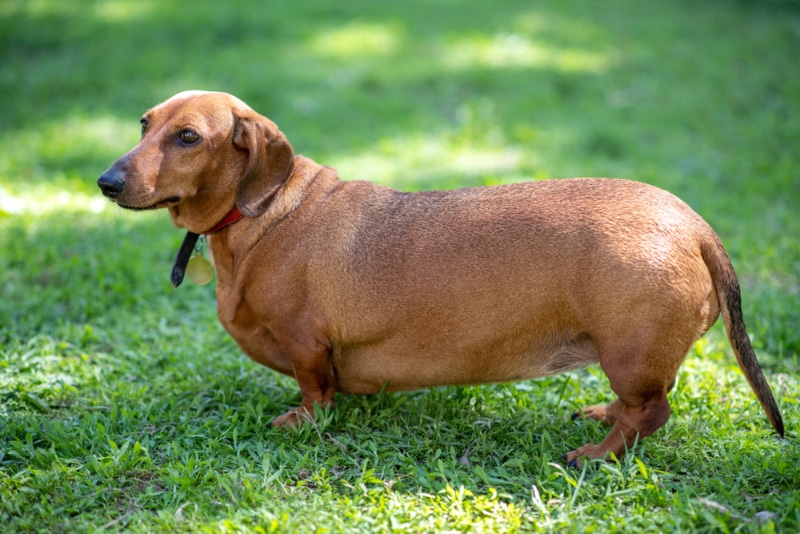
10. Not Every Dog Shows Clear Signs of Being in Heat
Some dogs go through a silent heat where many of their signs could go unnoticed. This can make it difficult to determine exactly when your dog is in heat as their external signs could be minimal. It is also possible for some dogs to show little interest in male dogs when they are in estrus.
If you do not want to be surprised by an unexpected litter, it is recommended to get your female dog spayed or male dogs in your home neutered. This prevents unwanted pregnancies and relying on signs of your dog’s heat cycle alone to prevent pregnancy might not be good enough.
Conclusion
Sexually mature female dogs have a heat cycle so that they can reproduce. It can start at about 4 months old, but some dogs only get their first cycle at 24 months. The signs your dog shows while in heat can vary depending on which phase she is in.
There is no reliable way to prevent your dog from going into heat unless you get them spayed. This means that you would need to deal with the behavioral changes and bloody discharge a few times a year for most unspayed dogs.
Featured Image Credit: atiger, Shutterstock
Contents
- The 10 Facts About Dogs in Heat
- 1. Only Female Dogs Go into Heat
- 2. There Are Several Phases of a Dog’s Heat Cycle
- 3. Dogs Can Have Their First Heat at 4 Months Old
- 4. A Heat Cycle Can Last for 2–4 Weeks
- 5. Dogs Do Not Go into Heat Every Month
- 6. Smaller Dogs Tend to Go Into Heat More Often Than Larger Breeds
- 7. Spayed or Pregnant Dogs Do Not Go into Heat
- 8. Dogs Are Most Fertile During Estrus
- 9. They May Show Signs of a False Pregnancy After Estrus
- 10. Not Every Dog Shows Clear Signs of Being in Heat
- Conclusion

